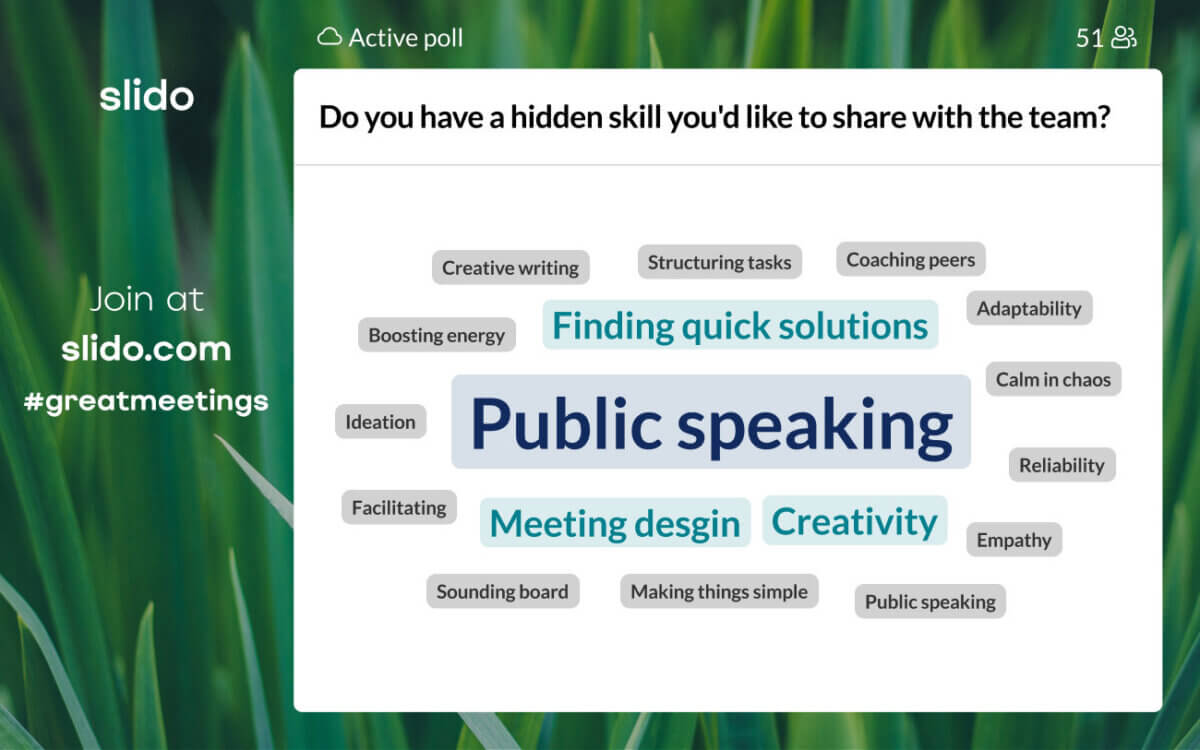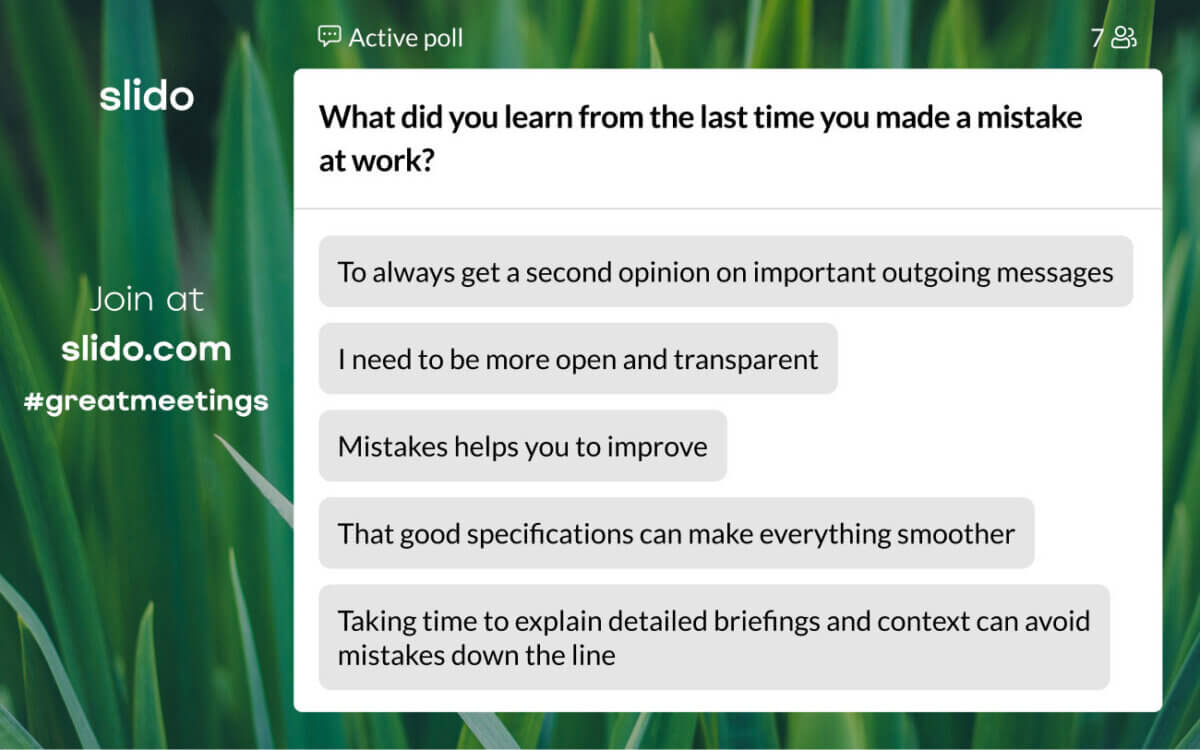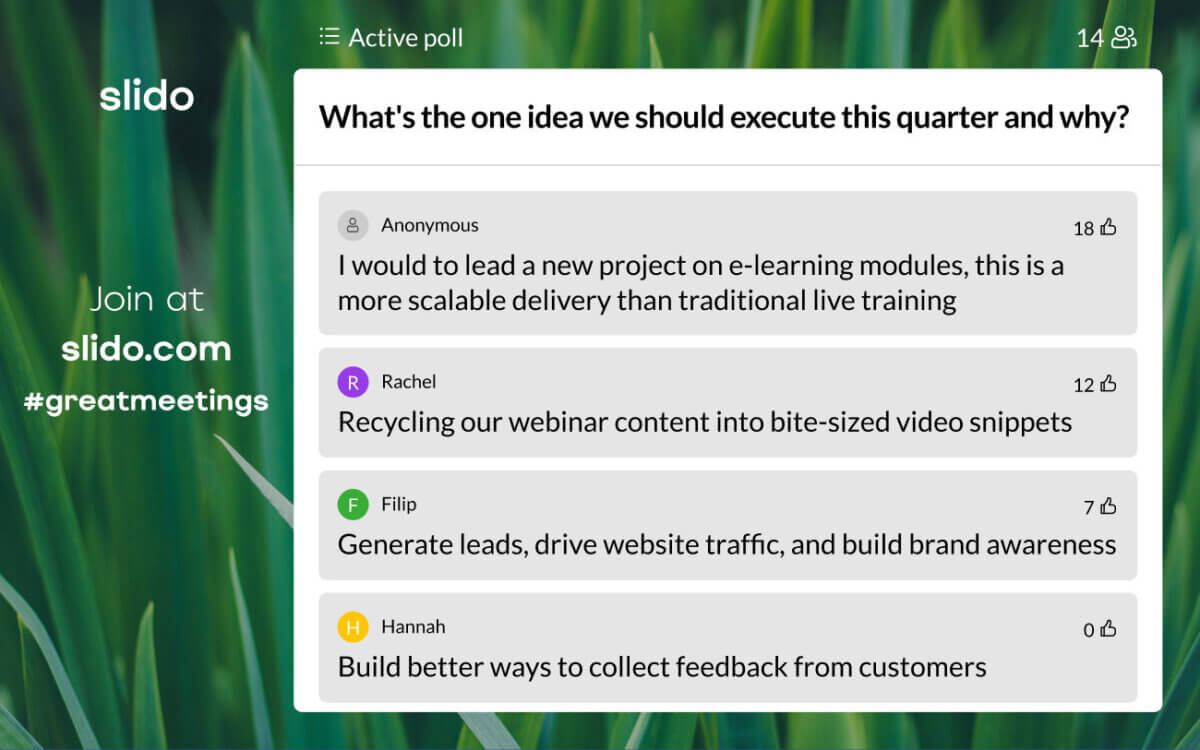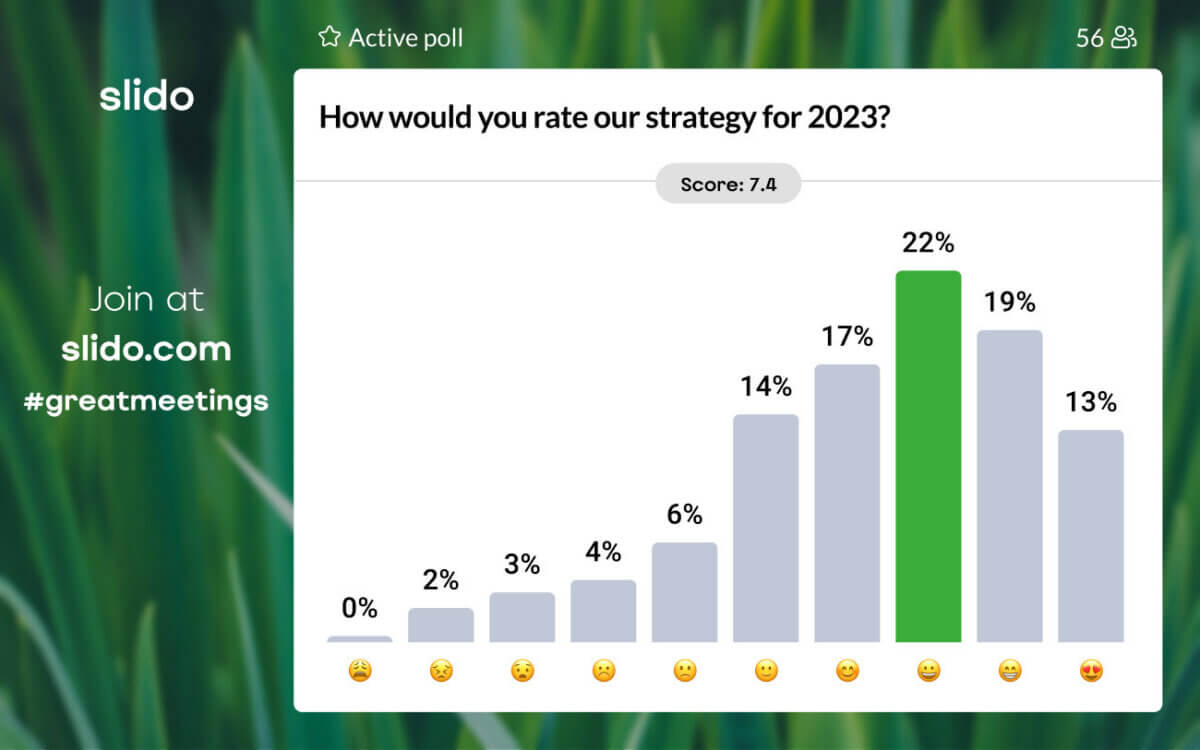The 2020s have redefined what is expected from leaders. To inspire employees to act quickly and confidently in tackling today’s challenges, you need to build a safe and inclusive space within your organization that empowers your team.
The critical piece behind this empowerment lies in building psychologically safe teams.
In a recent study, over 72% of employees reported that leadership behaviors rooted in psychological safety encouraged a positive team climate. But 74% of leaders were unaware of this evolving need in the workplace.
By embracing a culture of open collaboration, you can empower your employees to ask the right questions, spot risks, and turn them into opportunities.
In short, when leveraged well, psychological safety can help move your teams, and your organization, forward as a whole. Let’s find out how.
- What is psychological safety?
- Why is psychological safety important in the workplace?
- How to build psychological safety in your team?
- The four stages of psychological safety
What is psychological safety?
Psychological safety is defined as a “shared belief that one will not be punished or humiliated for speaking up with ideas, questions, concerns, or mistakes”.
Creating this safe space within hybrid, remote, or distributed teams requires conscious and intentional effort to help your team understand one another and inspire authentic interactions at work.
Why is psychological safety important in the workplace?
To build high-performing teams, it is essential to have high-quality decision-making, greater innovation and more effective execution.
Psychological safety is by far the most influential factor that impacts all of these elements at once.
It was named the first and foundational dynamic for team effectiveness in Google’s Project Aristotle, even ahead of other dynamics such as dependability, structure and clarity, meaning or impact.
In fact, organizations with high levels of psychological safety experience:
- 76% more engagement across the organization
- 67% increase while inspiring employees to apply a newly learned skill at work
- 50% more productivity
- 57% more likely to have improved collaboration among employees
Even with the statistics, some of us may still wonder whether it is possible to influence all of these aspects with psychological safety. Professor Amy Edmondson, the author of Fearless Organization, says ‘yes’.
In her words, performance at work really comes down to how risk-averse we are.
“Achieving high performance requires having the confidence to take risks, especially in a knowledge-intensive world. When an organization minimizes the fear people feel on the job, performance — at both the organizational and the team level — is maximized,” she explains.

How to build psychological safety in your team?
In Begin with Trust, Frances Frei and Anne Morriss talk about diverse teams with knowledge that is partly shared. This is a scenario where employees are holding their knowledge back for fear of being judged.
To nurture an atmosphere of psychological safety in the face of this fear, you can model these three leadership key behaviors:
- Be consultative in your leadership by actively asking for input from your teams on matters that directly impact them
- Provide support by checking in on employees and their well-being
- Offer a challenging perspective by providing alternative ways for employees to look at their work and come up with new ways of realizing their potential
Let’s look at how you can build these behaviors into your daily interactions with your team and organization.
The four stages of psychological safety
To reimagine your organization with inclusive teams that share their diverse knowledge freely and fully, you need a step-by-step approach.
Your team members need to feel accepted in the group before they are capable of contributing and challenging the ways to improve their organization entirely.
Organizational anthropologist Timothy R Clarke breaks this down into four levels of psychological safety.
#1.Inclusion safety
The first stage of psychological safety is inclusion, where employees feel accepted and recognized for their unique skills and characteristics. Organizations should encourage an atmosphere where employees feel comfortable bringing their whole selves to work.
As a leader, making meaningful connections within your team is crucial. You can do this by pointing out the strengths, talents and abilities of each of your team members during your team meetings.
In a diverse and distributed organization, the best way to promote inclusion is by celebrating the differences or commonalities we share. Small gestures, such as using a word cloud during meetings, can go a long way to building inclusion safety.

#2. Learner safety
Once in the learner safety phase, employees begin to more feel comfortable asking questions, experimenting and seeking feedback.
To build a learning environment where mistakes are not punished, leaders need to empower employees to take risks, innovate and learn from their experiences.

By conducting regular retrospectives, you can then crowdsource the ideas that didn’t work out well, and explore what can be done differently going forward. This enables more visibility for the team to learn, ask questions and provide feedback on each other’s successes and failings.
When employees are able to trust their peers with feedback, they’re able to learn faster and execute better, leading to better outcomes for the organization as a whole.
#3. Contributor safety
How can you as a leader enable your employees to live up to their full potential? This is where contributor safety comes in.
While every employee has a unique set of skills and strengths they can bring to work, their projects may not always match these.
To fully allow your teams to play into their strengths, include more brainstorming sessions with your employees to define goals, roles and project execution, making them an integral part of the process.
You can use open text polls in such scenarios to crowdsource the diverse inputs from your team and form a collaborative strategy.
Don’t forget to recognize and reward innovative ideas!

#4. Challenger safety
When your employees feel comfortable enough to challenge the status quo and express dissent openly, you reach the highest point of psychological safety in your team.
This is where diversity of thought truly shines.

When your employees feel safe to challenge the existing conditions, a growth mindset flourishes across the organization. This signifies an increased need to understand the business on a deeper level and to find ways to improve it together as a team.
Slido’s anonymous feature can help employees significantly while speaking up and challenging their peers or leaders. By spotting opportunities and risks for each other, in a trusted and transparent environment, your teams are now able to move forward faster while operating amid changing conditions.
It all starts with you, the leader
Leaders need to recognize the importance of psychological safety and take an active role in creating a culture that supports it. You can foster this by modeling consultative, supportive and challenging leadership behaviors at work.
But psychological safety won’t fully flourish in the organization unless leaders themselves model vulnerability on their part. It begins with leaders admitting to and sharing their own mistakes, which in turn will encourage their teams to do the same.
By doing this, leaders can help build a resilient and engaged workforce, better equipped to navigate the challenges of the modern workplace.
Want to learn more about how to build psychological safety in your team? Watch this space for our upcoming webinars.


